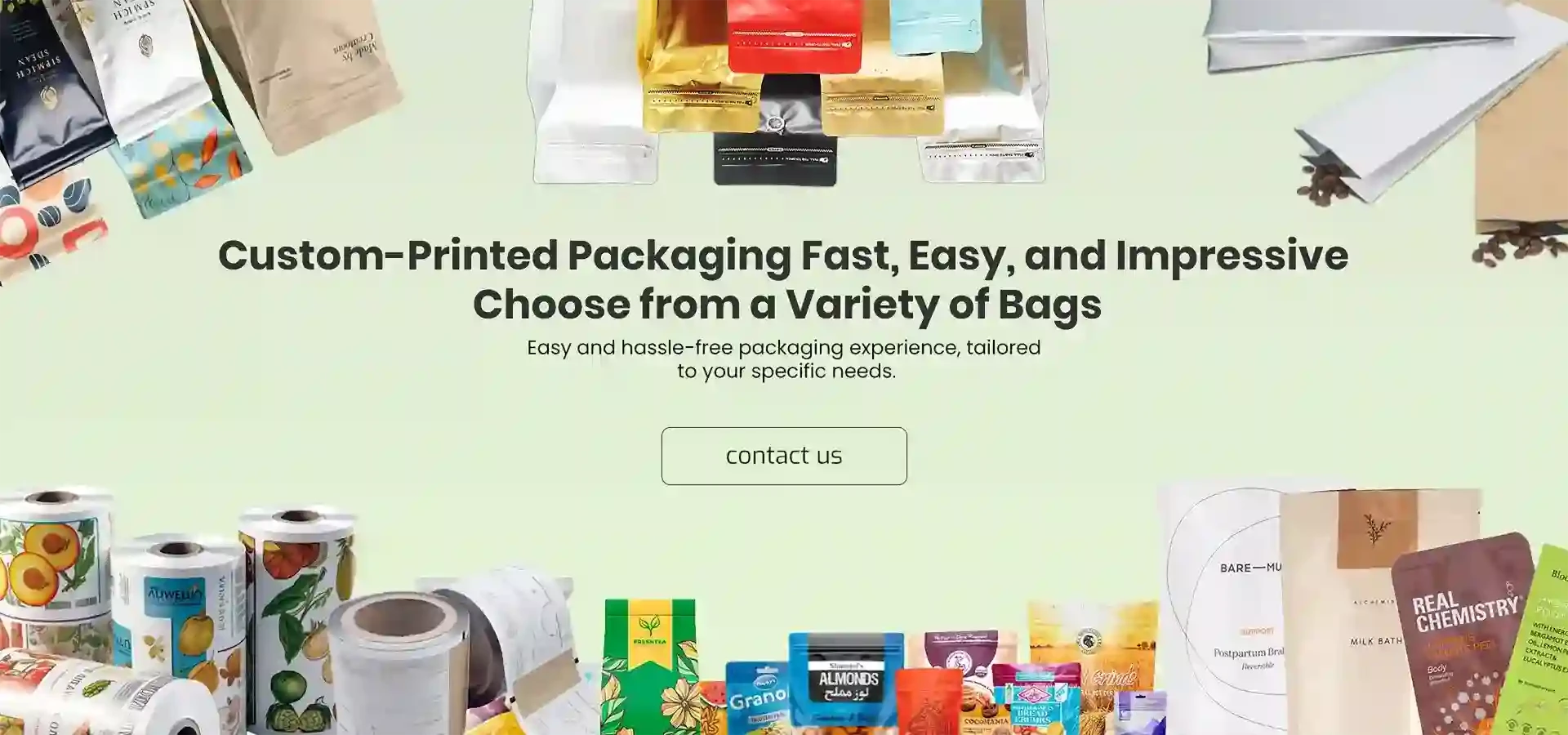- Afrikaans
- Albanian
- Amharic
- Arabic
- Armenian
- Azerbaijani
- Basque
- Belarusian
- Bengali
- Bosnian
- Bulgarian
- Catalan
- Cebuano
- chinese_simplified
- chinese_traditional
- Corsican
- Croatian
- Czech
- Danish
- Dutch
- English
- Esperanto
- Estonian
- Finnish
- French
- Frisian
- Galician
- Georgian
- German
- Greek
- Gujarati
- haitian_creole
- hausa
- hawaiian
- Hebrew
- Hindi
- Miao
- Hungarian
- Icelandic
- igbo
- Indonesian
- irish
- Italian
- Japanese
- Javanese
- Kannada
- kazakh
- Khmer
- Rwandese
- Korean
- Kurdish
- Kyrgyz
- Lao
- Latin
- Latvian
- Lithuanian
- Luxembourgish
- Macedonian
- Malgashi
- Malay
- Malayalam
- Maltese
- Maori
- Marathi
- Mongolian
- Myanmar
- Nepali
- Norwegian
- Norwegian
- Occitan
- Pashto
- Persian
- Polish
- Portuguese
- Punjabi
- Romanian
- Russian
- Samoan
- scottish-gaelic
- Serbian
- Sesotho
- Shona
- Sindhi
- Sinhala
- Slovak
- Slovenian
- Somali
- Spanish
- Sundanese
- Swahili
- Swedish
- Tagalog
- Tajik
- Tamil
- Tatar
- Telugu
- Thai
- Turkish
- Turkmen
- Ukrainian
- Urdu
- Uighur
- Uzbek
- Vietnamese
- Welsh
- Bantu
- Yiddish
- Yoruba
- Zulu
package resealer
The Importance of Package Resealers in Modern Packaging Solutions
In today's fast-paced world, packaging plays a crucial role in the supply chain and consumer experience. One of the emerging trends in packaging is the use of resealable packaging, which is particularly beneficial for both manufacturers and consumers. Package resealers are tools or mechanisms designed to create a secure seal on packages, allowing them to be opened, resealed, and stored without compromising the integrity of the product. This article explores the significance of package resealers, the technology behind them, and their impact on sustainability and convenience.
Enhancing Convenience for Consumers
One of the primary advantages of package resealers is the convenience they offer to consumers. Many products, especially food items like snacks, frozen goods, and beverages, are often sold in single-use packages. Once opened, these packages may not always be resealable or may not create an airtight seal, leading to spoilage, loss of freshness, or contamination.
Package resealers address these issues effectively. They allow consumers to easily reseal their products after use, extending the shelf life and maintaining freshness. This feature is particularly appreciated by families and individuals who may not consume an entire product in one sitting. For example, resealable bags for food products make it easy to store leftovers or to take snacks on the go without worrying about them going stale.
Technology Behind Package Resealers
The technology used in package resealers has advanced significantly in recent years. Various designs, such as zipper seals, adhesive strips, and vacuum-sealing systems, operate on different principles but share the same goal to create an effective seal that keeps products fresh.
1. Zipper Seals These are commonly found in bags and containers, where two interlocking strips create a seal that can be opened and closed multiple times. The ease of use and effectiveness in preventing air from entering the package make zipper seals a popular choice.
package resealer

2. Adhesive Strips Many snack packages now incorporate adhesive strips that can seal the package securely after opening. These strips allow for a tight seal and can be an economical solution for manufacturers.
3. Vacuum Sealers More advanced packaging uses vacuum technology, where the air is removed from the package before sealing. This method is widely used for preserving food products and can significantly extend shelf life by eliminating oxygen, which promotes spoilage.
Sustainability and Environmental Impact
As the world becomes increasingly aware of environmental issues, the need for sustainable packaging solutions has gained traction. Package resealers contribute to sustainability efforts in several ways. First, they reduce food waste, allowing consumers to store products longer and consume them more efficiently. With less food waste, there is a lesser environmental impact, including reduced greenhouse gas emissions from decomposing food in landfills.
Moreover, many companies are now designing resealable packaging with recyclable materials. This aligns with the growing demand for eco-friendly options and helps create a circular economy in the packaging industry. By integrating resealable features into biodegradable or recyclable materials, manufacturers can cater to environmentally conscious consumers while also promoting sustainability.
Conclusion
Package resealers represent a significant advancement in packaging technology, addressing the needs of modern consumers who value convenience, freshness, and sustainability. By facilitating easy resealing, they enhance the user experience and promote responsible consumption. As the industry continues to evolve, the role of package resealers will likely expand, offering even more innovative solutions to meet consumer demands and environmental challenges. Embracing these developments not only benefits consumers and businesses but also contributes to a more sustainable future for our planet. As we move forward, it is essential for both manufacturers and consumers to recognize the importance of effective packaging solutions and to support innovations that foster convenience and sustainability.













